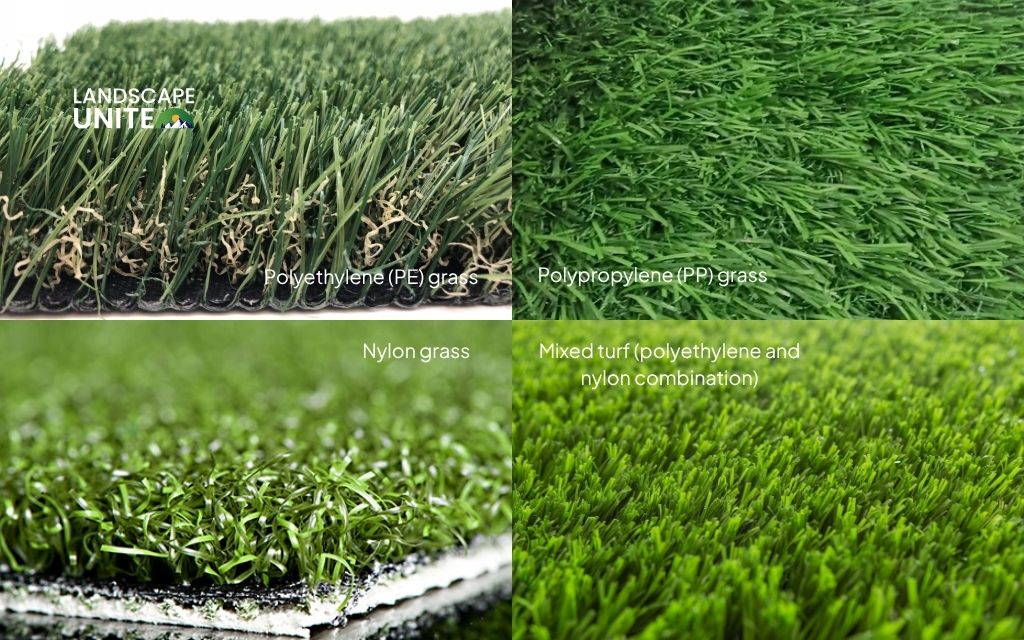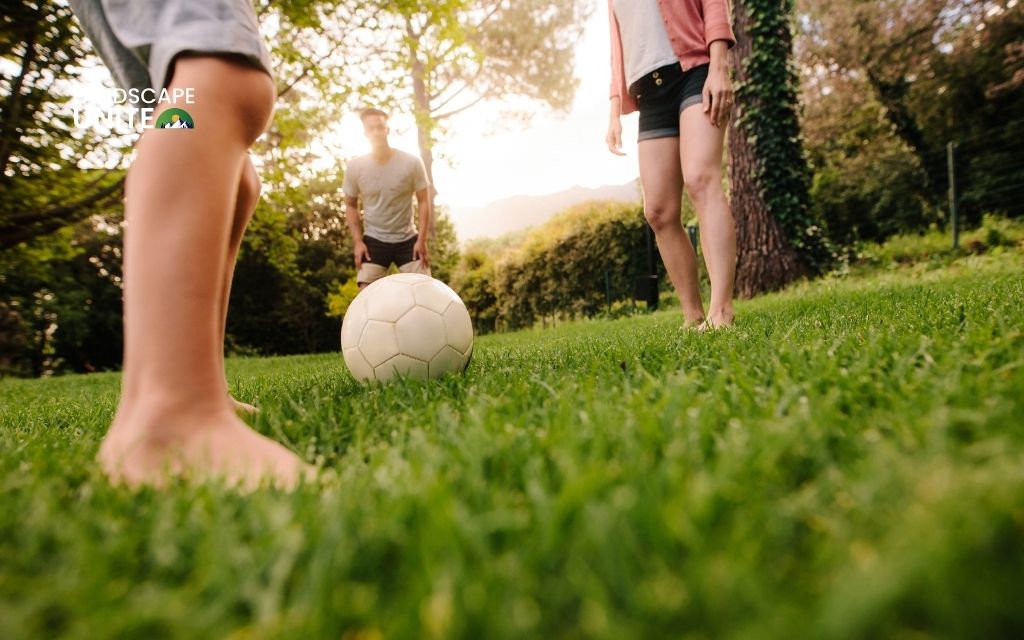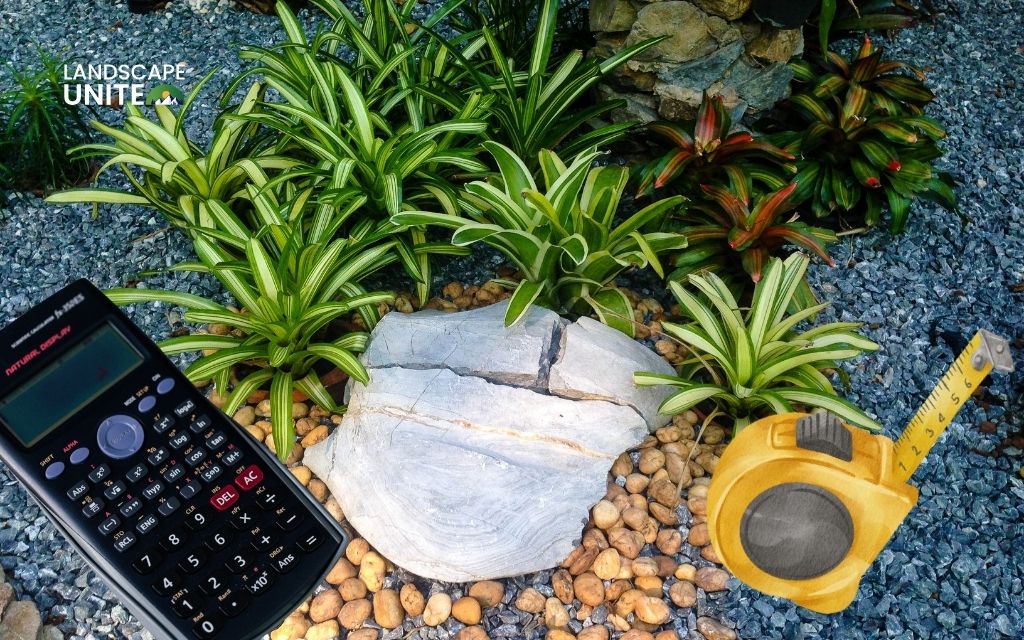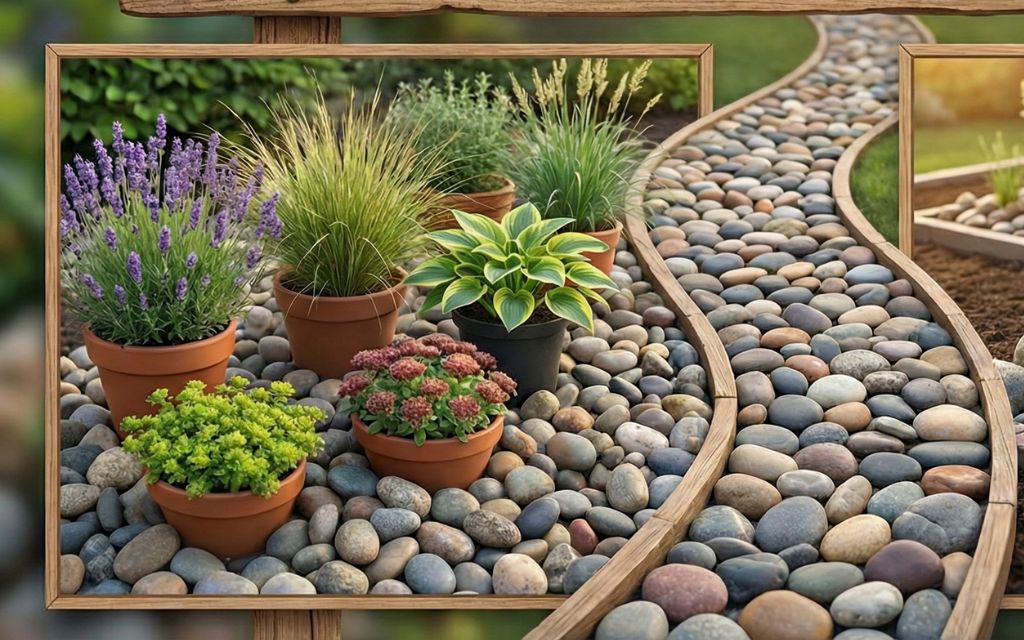Choosing the right artificial grass for your lawn or garden can be a challenge. This comprehensive guide will help you understand the types of synthetic turf available, their benefits, and how to choose the best one for your needs.
Keep reading to discover which types of artificial grass will transform your outdoor space into the perfect low-maintenance landscape.
4 types of artificial grass and their pros – cons
Let’s break down the most common types of artificial grass, their advantages, disadvantages, and the best applications for each material type.
1. Polyethylene (PE) grass
Description: Soft, natural-looking synthetic turf commonly used for residential lawns
Pros:
- Provides a soft, realistic look and feel that closely mimics natural grass, making it virtually indistinguishable from the real thing.
- UV-resistant and highly durable, suitable for various climates across the United States. This material maintains its color integrity and structural strength through seasonal changes, from scorching summers to freezing winters.
- The gentle texture prevents scrapes and burns while providing a comfortable surface for children’s play and pet activities.
Cons:
- More expensive than polypropylene grass, representing a significant upfront investment that may strain budget-conscious homeowners.
- May heat up in direct sunlight, becoming uncomfortable to walk on in hot weather.

2. Polypropylene (PP) grass
Description: The most affordable, lightweight option among different types of artificial grass
Pros:
- Cheapest option available for synthetic grass, making it accessible for homeowners with limited budgets or those covering large areas economically.
- Requires minimal upkeep compared to natural grass, eliminating the need for watering, mowing, fertilizing, or pest control treatments.
Cons:
- Not suitable for high-traffic areas, may flatten and wear down over time, especially in zones with heavy foot traffic or intense use patterns.
- Doesn’t provide the same natural appearance or softness as polyethylene, resulting in a more obviously synthetic look.
3. Nylon grass
Description: Known for its strength and durability, ideal for high-traffic areas and sports fields
Pros:
- Resistant to heavy foot traffic, making it perfect for sports fields or commercial properties where durability outweighs other considerations.
- Maintains its structure even in high temperatures, preventing melting or deformation during extreme weather conditions common in desert climates.
- Can last 15 – 20 years with proper care.
Cons:
- The most expensive synthetic turf option, requiring substantial upfront investment that may not suit all budgets (gain more insight about how much artificial grass cost in this blog)..
- Not as soft as other types, making it less ideal for play areas where comfort and safety are primary concerns.
4. Mixed turf (polyethylene and nylon combination)
Description: A combination of polyethylene and nylon fibers to balance durability with aesthetic appeal
Pros:
- Combines the softness and natural look of polyethylene with the durability of nylon, creating an optimal balance for most residential applications.
- Suitable for a variety of applications, from residential yards to sports fields, offering flexibility for property owners with diverse needs.
- Offers a good balance between cost and quality, providing premium features without the highest price point.
Cons:
- Not as specialized as pure turf types for certain uses, potentially requiring compromises for highly specific applications.
- Higher cost than pure polypropylene grass, but offers better overall performance and longevity.
What are the different types of artificial turf usage?
The following comprehensive guide explores 6 primary usage categories, each with unique requirements that will help you determine which artificial grass type best serves your specific needs.
1. Backyard landscape turf
Backyard landscape turf represents the most popular application for homeowners seeking to eliminate the constant burden of lawn maintenance while maintaining an attractive yard.
This usage type prioritizes aesthetic appeal and comfort over extreme durability, making it perfect for families who want to enjoy their outdoor space without the weekly commitment of mowing, watering, and fertilizing.
Best for: Residential lawns, gardens, and decorative landscaping projects where creating a beautiful, low-maintenance outdoor living space is the primary goal.
2. Pet turf
Pet turf installation has become increasingly popular among dog owners who struggle with maintaining natural grass in areas where pets spend significant time.
Unlike standard landscape turf, pet artificial grass must withstand not only foot traffic but also the unique challenges posed by pet waste, digging behaviors, and the concentrated wear patterns created by animals following routine paths.
Best for: Pet-friendly yards, dog runs, and areas where pets frequently roam and play, addressing the common problems of muddy paws, brown spots, and constant lawn damage caused by pet activities.

3. Putting green and golf turf
Golf turf represents one of the most technically demanding applications for artificial grass, requiring specialized manufacturing processes and installation techniques to achieve.
Unlike other applications where some variation in surface texture can be acceptable or even desirable, golf surfaces must maintain consistent friction coefficients and directional grain patterns to ensure predictable ball behavior.
Best for: Home golf courses, putting greens, or sports facilities requiring precision surfaces that deliver consistent ball roll and authentic playing experiences comparable to professional courses.
4. Swimming pool turf
Swimming pool turf installations address multiple concerns simultaneously: safety, comfort, and aesthetics around water features where traditional surfaces may become slippery when wet or uncomfortably hot during summer months.
This specialized application requires careful consideration of drainage, heat resistance, and slip-resistance properties to create a safe environment for swimmers of all ages.
Best for: Surrounding pool areas where you want a non-slip, cool surface that enhances safety while providing an attractive alternative to traditional concrete or stone pool decking.
5. Playground turf
Playground turf installations represent one of the most safety-critical applications for artificial grass, requiring products and installation techniques that meet or exceed stringent safety standards.
Unlike other applications where aesthetics might take priority, playground turf must focus primarily on injury prevention while maintaining durability under intense use patterns that include running, jumping, and various play activities.
Best for: Play areas, parks, and recreational spaces designed for children’s activities where safety, comfort, and durability must be carefully balanced to create optimal play environments.
6. Sports field turf
Sports field turf represents the pinnacle of artificial grass engineering, incorporating advanced materials science and specialized installation techniques to create surfaces that not only match but often exceed the performance characteristics of natural grass athletic fields.
These installations must accommodate extreme stress from cleated shoes, provide consistent ball bounce and roll characteristics, and maintain their performance through varying weather conditions and intensive use schedules.
Best for: Football, soccer, and multi-sport fields requiring professional-grade performance that can withstand intense athletic use while providing consistent playing conditions regardless of weather or season.

What characteristics should the best artificial grass have?
Choosing the right artificial grass depends on several characteristics that affect both its appearance and long-term performance in your specific environment.
1. Durability
Look for high-quality artificial grass that resists matting and fading, maintaining its appearance through years of use and weather exposure. UV protection ensures the grass remains vibrant and doesn’t degrade in the sun, preventing color fading and material breakdown that reduces lifespan.
2. Softness and comfort
Choose softer fibers like polyethylene for a comfortable feel underfoot that prevents injuries and enhances user experience. Ensure the turf has a non-slip surface, especially for areas where children or pets will play, reducing accident risks during wet conditions.
3. Drainage
Ensure the artificial grass has adequate drainage holes to prevent water from pooling on the surface, avoiding muddy conditions and standing water issues. Look for turf with high drainage capacity that dries quickly after rain or cleaning, maintaining usability and preventing mold or mildew growth.
4. Environmental impact
Choose artificial grass made from recyclable, non-toxic materials that are safe for pets and the environment, supporting sustainable landscaping practices.
How to choose the right artificial grass for your yard?
1. Purpose and location
- For residential yards: Polyethylene grass is the most suitable for a natural look and feel that enhances property value and provides comfortable outdoor living spaces.
- For playgrounds or high-traffic areas: Nylon or mixed turf provides extra durability for heavy foot traffic, ensuring longevity and maintaining appearance under intense use.
- For landscaping or decoration: Polypropylene can be a good option for ornamental or low-use areas where budget considerations outweigh premium features.
2. Durability and traffic
- High-traffic areas: Nylon or mixed turf is ideal for areas that will experience significant foot traffic, such as pathways, entertainment areas, or commercial spaces.
- Low-traffic areas: Polypropylene or polyethylene is adequate for ornamental use with light foot traffic, providing cost-effective coverage for decorative spaces.
3. Climate considerations
- Hot climates: Polyethylene is more UV-resistant and suitable for regions that experience high temperatures, maintaining structural integrity and color in intense sunlight.
- Cold climates: Ensure that the artificial grass is suitable for freezing temperatures, with polyethylene being an excellent option for its flexibility during temperature fluctuations.
4. Aesthetic preferences
- Realistic look: Polyethylene is the go-to option for those seeking the most natural appearance that closely mimics real grass textures and colors.
- Color variations: Mixed turf can offer more customized appearance options for landscaping projects, allowing for creative design flexibility.

Conclusion
Understanding the different types of artificial grass will help you choose the best option for your specific needs and environment. Whether for landscaping, pets, sports, or playgrounds, the right artificial grass can save you time, money, and effort in the long run while providing a beautiful, low-maintenance outdoor space.
Ready to install artificial grass?
Explore our comprehensive garden solutions and landscaping guides to transform your outdoor space into the perfect low-maintenance haven.
Frequently asked questions (FAQs)
What is the best artificial grass for pets?
Polyethylene or mixed turf artificial grass works best for pets due to their durability, easy cleaning, and excellent drainage capabilities that handle pet waste effectively.
How long does artificial grass last?
High-quality artificial grass typically lasts 15-20 years, with nylon varieties offering the longest lifespan and polypropylene providing shorter but cost-effective service life.
Can I install artificial grass myself?
DIY installation is possible for smaller areas, but professional installation ensures proper drainage, base preparation, and optimal performance for larger or complex projects.
What is the difference between polyethylene and polypropylene turf?
Polyethylene offers superior softness, durability, and natural appearance but costs more, while polypropylene provides basic coverage at lower cost with reduced durability and aesthetics.
How do I maintain my artificial grass?
Regular brushing, occasional rinsing, prompt debris removal, and periodic deep cleaning maintain artificial grass appearance and longevity with minimal effort compared to natural lawns.


